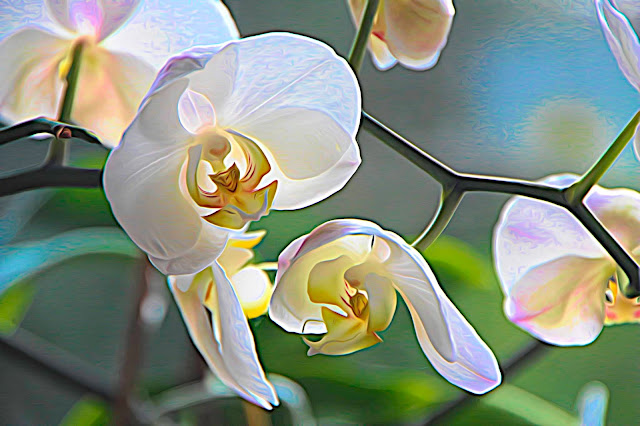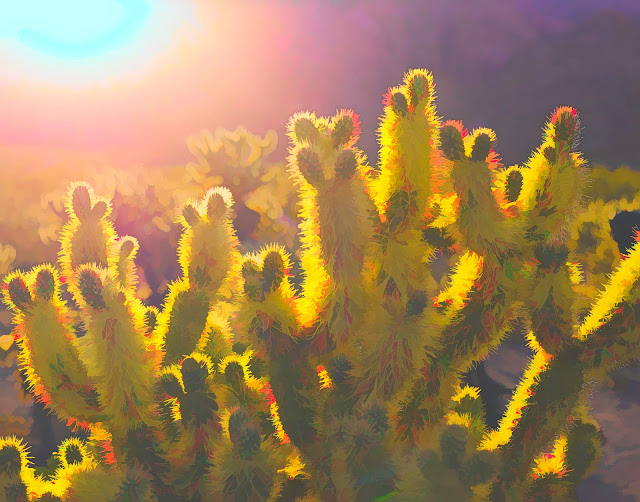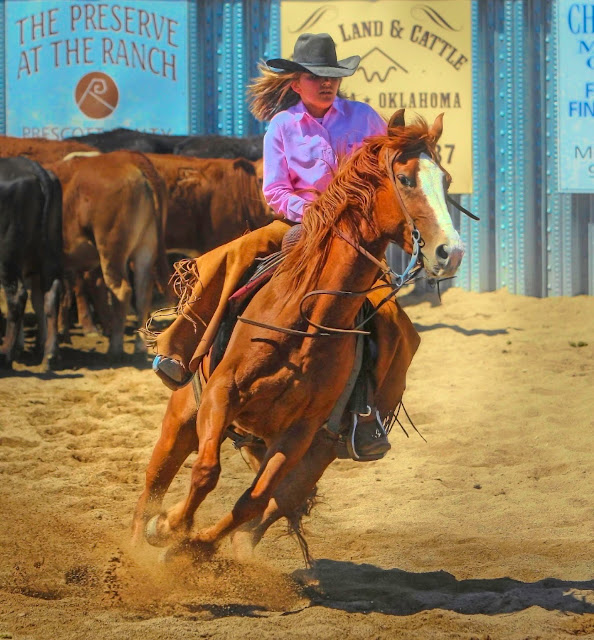Hare Symbolism - Part I
The first and foremost association of the hare is to the moon, the cycles of which are symbolic of self-sacrificial death and resurrection. This "death" however, is understood in esoteric symbolism as being death to the mundane human consciousness and a rebirth of the divine consciousness, becoming Christ-like is a spiritual rebirth, not an actual physical death and rebirth or resurrection (rebirth referring to reincarnation, and resurrection being the reanimation of the dead physical body).
In Buddhist myth, Buddha places Rabbit on the moon as a reward when Rabbit voluntarily gave himself as food for one of Buddha's hungry friends. In another myth it is Buddha himself who is the rabbit and he sacrifices his flesh for the sustenance of the god Brahma, who is so pleased with this selfless act that he paints the image of the hare on the moon as a remembrance of the event. Buddha, the hare, escapes the flames unscathed because his spiritual transformation has immortalized him.
In Hindu myth, a rabbit, with nothing else to offer a hungry, weary Indra, jumps into a fire, cooking himself for the deity. Out of gratitude, Indra resurrects the rabbit and takes him to the palaces on the moon to live. The Hindus called the dark areas of the moon Sasanka "marked with the hare". Sanskrit and Cingalese tales say the palace of the King of Hares was on the face of the moon.
The Chinese have represented the moon as a rabbit pounding herbs in a mortar. In the legend of this rabbit, the Jade Rabbit, three fairy sages transformed themselves into poor old men and beg for something to eat from a fox, a monkey and a rabbit. The fox and the monkey both find food to give to the old men, but the rabbit, empty-handed, offered his own flesh instead, jumping into a blazing fire to cook himself. The sages were so touched by the rabbit's sacrifice that they let him live in the Moon Palace where he became the "Jade Rabbit." The Jade Rabbit pounds a mortar in which he mixes the elixir of immortality for the gods, with the lady Ch'ang-e, the Chinese goddess of the moon and immortality. In some stories the Jade Rabbit is a shape assumed by Ch'ang-e herself. He is her messenger at other times, and the guardian of all wild animals (similar to Artemis/Diana, who is also a moon goddess and associated with both sacrificial kings and hares). In Chinese folklore, female hares conceive through the touch of the full moon’s light (without the need of impregnation by the male), or by crossing water by moonlight, or licking moonlight from a male hare’s fur.
In Buddhist myth, Buddha places Rabbit on the moon as a reward when Rabbit voluntarily gave himself as food for one of Buddha's hungry friends. In another myth it is Buddha himself who is the rabbit and he sacrifices his flesh for the sustenance of the god Brahma, who is so pleased with this selfless act that he paints the image of the hare on the moon as a remembrance of the event. Buddha, the hare, escapes the flames unscathed because his spiritual transformation has immortalized him.
In Hindu myth, a rabbit, with nothing else to offer a hungry, weary Indra, jumps into a fire, cooking himself for the deity. Out of gratitude, Indra resurrects the rabbit and takes him to the palaces on the moon to live. The Hindus called the dark areas of the moon Sasanka "marked with the hare". Sanskrit and Cingalese tales say the palace of the King of Hares was on the face of the moon.
The Chinese have represented the moon as a rabbit pounding herbs in a mortar. In the legend of this rabbit, the Jade Rabbit, three fairy sages transformed themselves into poor old men and beg for something to eat from a fox, a monkey and a rabbit. The fox and the monkey both find food to give to the old men, but the rabbit, empty-handed, offered his own flesh instead, jumping into a blazing fire to cook himself. The sages were so touched by the rabbit's sacrifice that they let him live in the Moon Palace where he became the "Jade Rabbit." The Jade Rabbit pounds a mortar in which he mixes the elixir of immortality for the gods, with the lady Ch'ang-e, the Chinese goddess of the moon and immortality. In some stories the Jade Rabbit is a shape assumed by Ch'ang-e herself. He is her messenger at other times, and the guardian of all wild animals (similar to Artemis/Diana, who is also a moon goddess and associated with both sacrificial kings and hares). In Chinese folklore, female hares conceive through the touch of the full moon’s light (without the need of impregnation by the male), or by crossing water by moonlight, or licking moonlight from a male hare’s fur.




Comments
Post a Comment